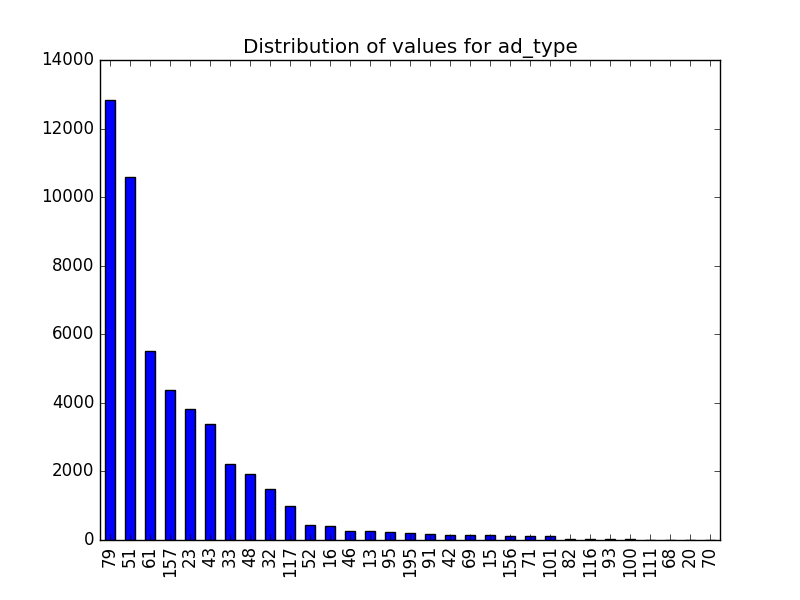Feature engineering
Predicting CTR with Machine Learning in Python

Kevin Huo
Instructor
Dealing with dates
print(df.hour.head(1))
14102101
df['hour'] = pd.to_datetime(
df['hour'], format = '%y%m%d%H')
df['hour_of_day'] = df['hour'].dt.hour
print(df.hour.head(1))
2014-10-21 01:00:0
print(df.groupby('hour_of_day')
['click'].sum())
click
hour_of_day
1 1092
2 6546
Converting categorical variables via hashing
Categorical features must be converted into a numerical format
Hash function: maps arbitrary input to an integer output, returning exact same output for a given input
Lambda function:
lambda x: f(x)Apply hash function via
f(x) = hash(x)as follows:
df['site_id'] = df['site_id'].apply(lambda x: hash(x), axis = 0)
83a0ad1a -> -9161053084583616050
85f751fd-> 818242008494177460
A closer look at features
- Examples of
count()andnunique():
df['ad_type'].count()
50000
df['ad_type'].nunique()
31

Creating features
- Most of variables are categorical
Adding more features is better for predictive power
Example of new feature: impressions by
device_id(user) andsearch_engine_type:
df['device_id_count'] = df.groupby('device_id')['click'].transform("count")
df['search_engine_type_count'] = df.groupby('search_engine_type')['click'].transform("count")
print(df.head(1))
... device_id_count search_engine_type_count
... 40862 47710
Let's practice!
Predicting CTR with Machine Learning in Python

